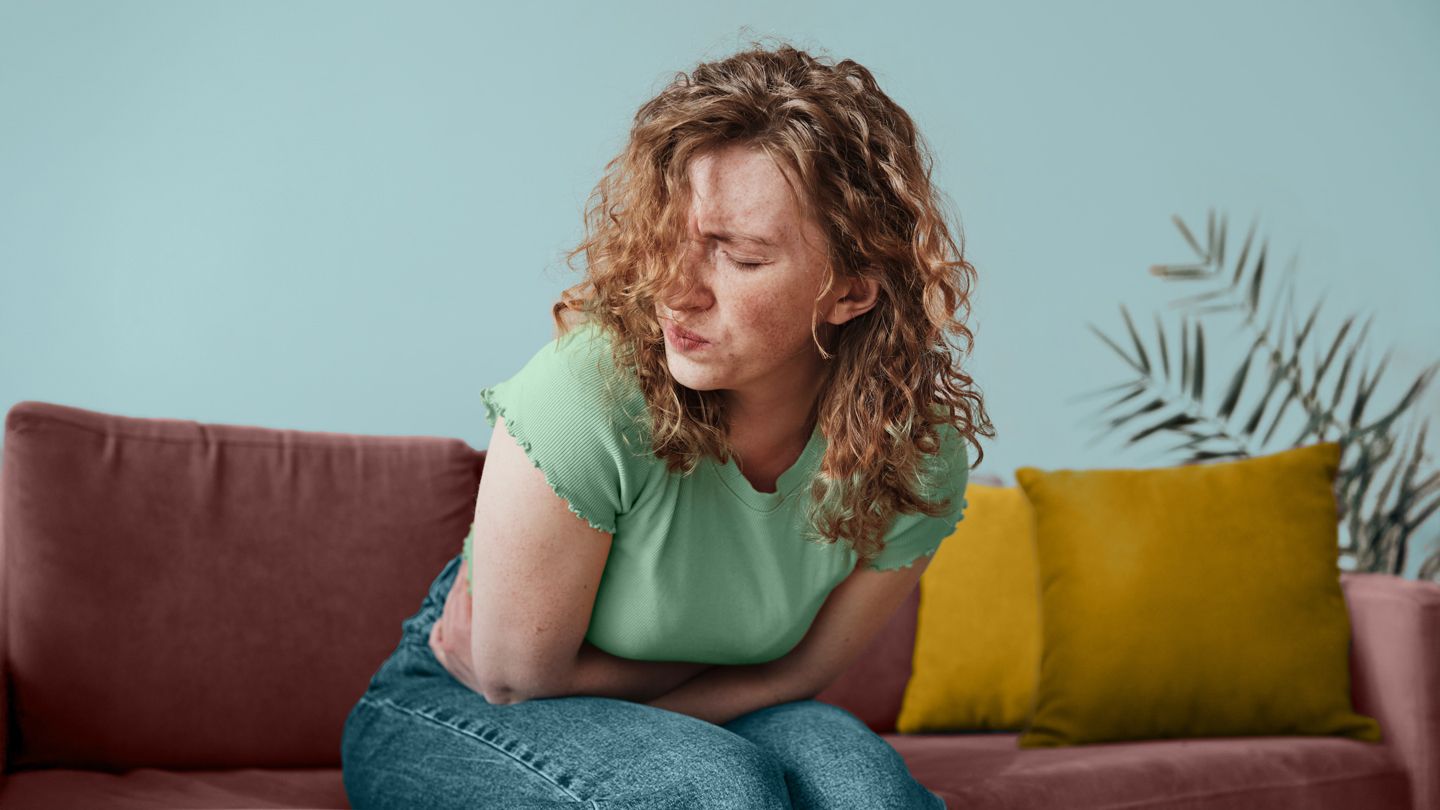The sensation of pelvic pain during ovulation is quite variable and can be anything from a mild twinge to severe, stabbing pain, says Hugh Taylor, MD, chair of obstetrics, gynecology, and reproductive sciences at Yale University in New Haven, Connecticut. “’Twinge’ is the most common word I’ve heard,” he says. “Sometimes ‘pressure,’ sometimes a pulling or stretching feeling.”
In some instances, the mid-cycle pain can be felt in the lower back, as well, says Sharifa Menon, MD, section chief of general obstetrics and gynecology at Westchester Medical Center in New York.
Menon adds that, for some people, mittelschmerz may be severe enough to cause nausea. “Those who experience nausea typically have more intense ovulation pain than others,” she says.
Menon says that ovulation pain symptoms vary from person to person, and there’s no definitive evidence that certain demographics experience different symptoms than others.
However, research indicates certain factors may increase the likelihood of experiencing pelvic pain during ovulation, says Catherine Bevan, MD, assistant professor at Burnett School of Medicine at Texas Christian University in Fort Worth. These include:
- Younger Age Women between the ages of 15 and 25 are most likely to report ovulation pain.
- Past Surgeries Scar tissue or adhesions from pelvic or abdominal surgery may increase discomfort during ovulation.
- Health Conditions Women with underlying gynecologic conditions such as endometriosis or ovarian cysts are more likely to experience painful ovulation. (More on that later.)
Read the full article here




